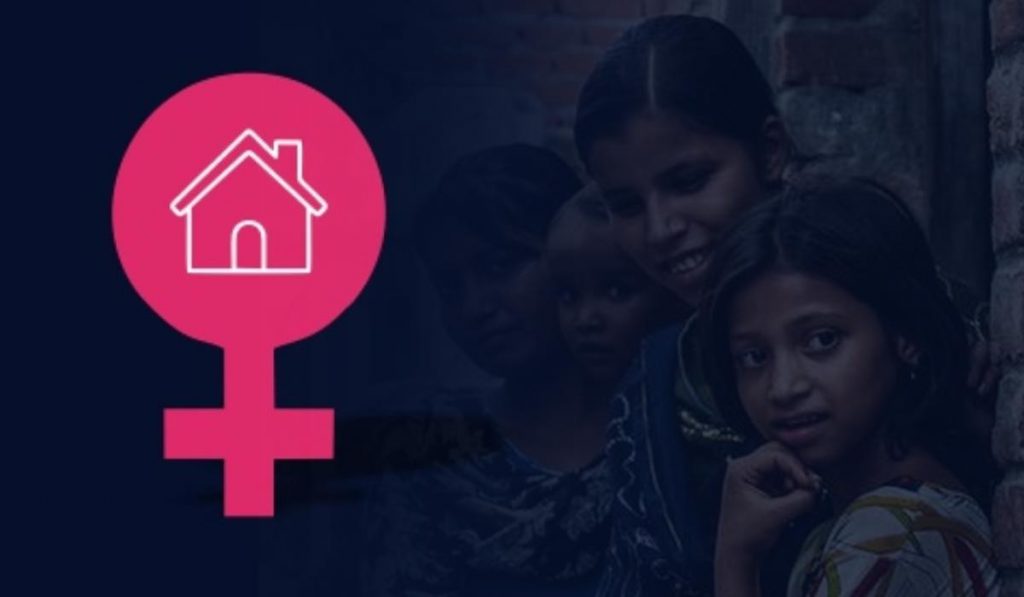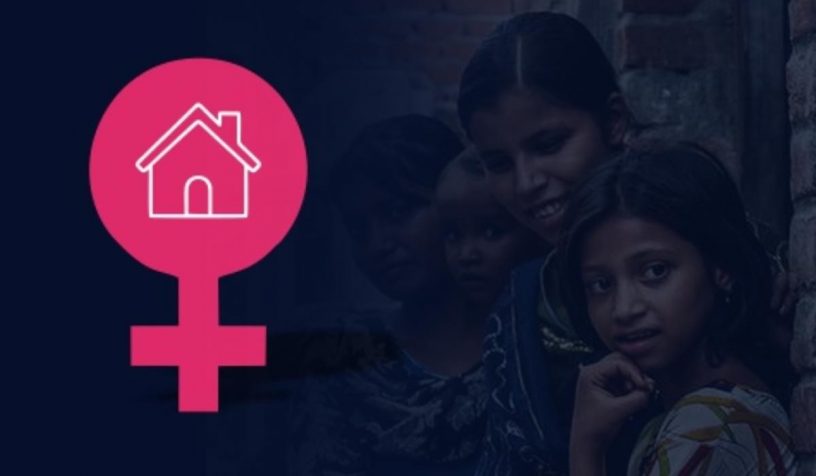
The study has found that adolescent girls from households with lower quality houses and fewer household goods fare poorly on health outcome indicators.
Authors
Pradeep Guin, Associate Professor, Jindal School of Government & Public Policy and Visiting Fellow, CSEP
Krishanu Karmakar, Assistant Professor & Assistant Dean, Jindal School of Government & Public Policy and Visiting Fellow, CSEP
Neelanjana Gupta, Research Analyst, CSEP (April 2019 – September 2020)
Kaveri Thara, Associate Professor & Associate Dean, Jindal School of Government & Public Policy and Visiting Fellow, CSEP.
Summary
Evidence from existing literature indicates that children, including adolescents, from disadvantaged sections of the society demonstrate adverse health outcomes, ceteris paribus. This, in turn, prevents them from achieving their full economic potential as adults, essentially creating an inter-generational vicious cycle between poor health outcomes and poor access to resources. Using a novel, nationally representative dataset (the Teen Age Girls [TAG] survey) that collected information from adolescent girls (aged 13-19 years) in India, this first-of-its-kind study attempts to explore the link between property rights and health outcomes. We capture information on property rights through one proxy indicator – housing type; health outcomes are captured using age-standardised height and BMI measures.
In India, where the right to property and housing are not recognised as fundamental rights, the poor incrementally gain security of tenure, moving from a continuum of insecure housing to full titles.
Research from India and other parts of the world shows that a movement towards greater tenure security has been associated with home improvements, and thus type of housing is a strong indicator of security of tenure and therefore property rights, as viewed within a continuum of rights gained incrementally.
Our study finds that adolescent girls from households with lower quality houses and fewer household goods fare poorly on health outcome indicators. This creates a space and need for designing and implementing sustainable policy measures that would eventually uplift the overall quality of life of India’s 80 million adolescent girls.
Published by: Centre for Social and Economic Progress.
To read the full study, please click here.


